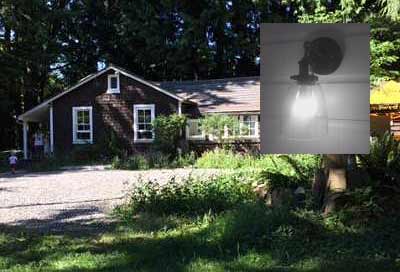
[this is part 2 in this series about renovating my new farmhouse in British Columbia]
When it comes to basic home renovations, I was always told to hope for the best but expect the worst. That may be true when it comes to renovating a kitchen in a 10-year-old house or even doing a major overhaul on a house that’s 20 or 30 years old, but when you decide to crack open a house that’s 100 years old, all you can do is hope for OK and expect a lot of trouble.
Before we bought our 1920’s farmhouse on 12 acres of land near Vancouver, I had an 11-year-old house. The biggest thing I did to that house was gut the kitchen and add new counters and tile. I remember how stressful that was, because it didn’t go exactly as planned and it took a lot longer than I thought it would. I can look back now and laugh (maybe a little manically) at naive little me chipping away at old tile that wouldn’t lift from the walls and thinking that was stressful. When you compare that to being thrown into a down-to-the-studs renovation, it just can’t compare.
Granted, we did hit a lot of bumps along the way. From finding out the previous owners used newspaper and old bags for insulation to discovering that there had been a fire and the logs that were basically holding up the bathroom were 100% hollow and rotten: well, those were just blips on the radar. Throw into that family medical emergencies and a wind storm that took down half the yard and you’ve got the makings of a renovation nightmare.
But we’re persevered through out it all because we believed in this place when we bought it, and it doesn’t hurt that when I’m over the chaos we’ve been having with the house, I’ve got a park like yard complete with orchard and stream. Before we moved and I would get stressed, I’d go to Homesense: now I’ll take my travel mug of coffee and go climb a tree in my yard.
We’ve worked our way through the worst of it now, and I finally get to focus on the things that really matter. For me, one of the parts of the renovation I looked most forward to was creating a brand new smart home.
There are a lot of benefits to installing smart home devices right when you renovate. Not only do they automate tasks and create a cozier home, but when you add some of these improvements you could see a rebate on your home insurance too.
 Take Philips Hue light bulbs for example—you can plan the type of lights you purchase based on whether or not they’d fit a Phillips Hue bulb. As soon as my new electrical panel was installed and I had lights again (after 2 months of living on extension cords connected to an old panel that would trip a breaker every time you plugged in more than one device), I installed my Philips Hue light bulbs. Now that I have them in place, I can wirelessly control my lighting and create really cool light recipes that either light up or chill out the room. I didn’t have to sacrifice the farmhouse look either, because the lights I picked all fit a Phillips Hue bulb.
Take Philips Hue light bulbs for example—you can plan the type of lights you purchase based on whether or not they’d fit a Phillips Hue bulb. As soon as my new electrical panel was installed and I had lights again (after 2 months of living on extension cords connected to an old panel that would trip a breaker every time you plugged in more than one device), I installed my Philips Hue light bulbs. Now that I have them in place, I can wirelessly control my lighting and create really cool light recipes that either light up or chill out the room. I didn’t have to sacrifice the farmhouse look either, because the lights I picked all fit a Phillips Hue bulb.
Besides Phillips Hue, I’ve also been slowly installing or have plans to install several other smart home additions.
Nest Protect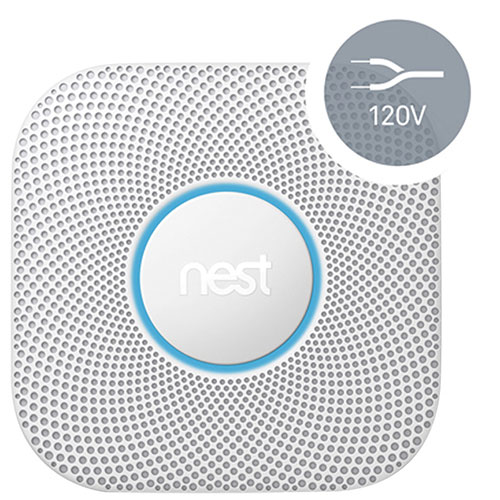
Even in a house that has new electrical and pretty much new everything, you can’t mess around when it comes to fire safety. I already had one Nest Protect I brought with me in the move, so I went out and bought 3 more so they could all work together. My previous Nest was battery operated, but now that we’re doing new wiring, we were able to take advantage of the wired Nest Protects.
I used our Nest Protect for over a year before we moved, and I completely believe in the product and the value you get from it. I was able to check in on my Nest Protect from anywhere via an app on my phone, and if there was a fire, a voice will call out in the middle of the night asking people to wake up. With kids that sleep through anything (once they’re asleep) this gives me peace of mind.
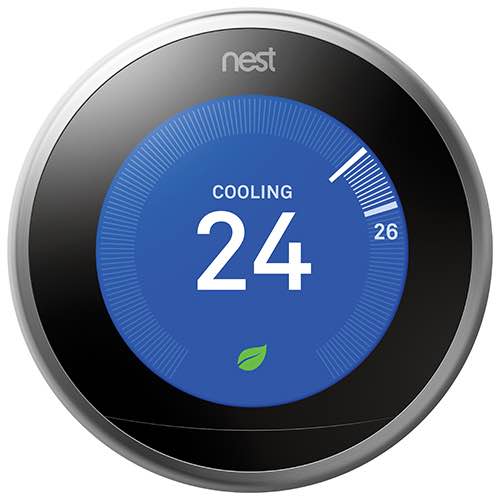 Nest Thermostat
Nest Thermostat
There was no furnace to speak of in this farmhouse, and even if there was, given the condition of the water heater (from 1950) and the well pump (circa 1970), I would have had to come up with a new heating system anyway. We opted for electric baseboard heaters, which I believed took us out of the running for a Nest Thermostat.
I’ve wanted a Nest because I love the idea of controlling the heat in the house from my phone, and given the technology, it’s amazing at conserving power resources when it learns your patterns.
They just released the 3rd generation of Nest Thermostat, and it’s thinner than ever with a more brilliant display. Plus, the Works with Nest universe is expanding, so the Nest Thermostat will work with my Philips Smart Bulbs, my Nest Protects, and so many other devices.
Although I’ve been reading up on how to mod the Nest Thermostat to work with a series of baseboard heaters, I haven’t quite figured
out how to do that yet. If I do, I’ll be adding one to my house.
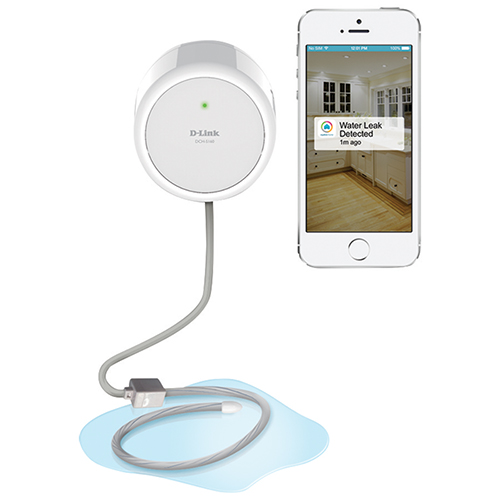 MyDLink Wifi Water Sensor
MyDLink Wifi Water Sensor
When you invest in new floor, you want to make sure that new floor is in it for the long haul. I’ve had kitchen floods destroy my hardwood floor twice in my old house, and given the fact that we have it in our new kitchen, I was a little concerned about the same thing happening.
That’s why I was so impressed to see the D-Link Wifi Water Sensor. It’s a sensor you can put beside your water heater, dishwasher, or wash machine and it will tell you if water is leaking anywhere. You’ll never even remember it’s there until you have a leak, and then you’ll be so thankful you have it. It even sends notifications to your phone if you have a leak when you’re not home.
Sense Mother and 4 Motion Cookies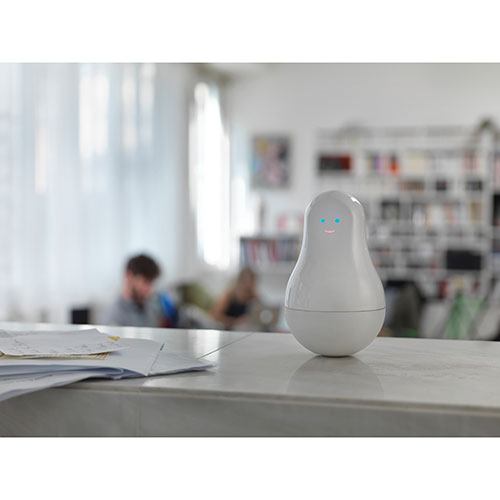
At some point in your journey to a smart home, you’re going to come across something so unique, you’ll just want it immediately. I recently came across the Sense Mother and her family of motion cookies and I knew this was something I had to have.
Sense Mother brings a little bit of smart home into everything you do. You can add smart capability to every day objects you own just by adding a motion cookie to it. Want to know when you’re kids are home from school? Put a cookie in their backpack and set the app for alerts when they walk in the door. Do your plants need watering? You’ll always know with Sense Mother.
You can even attach a cookie to your kid’s toothbrushes, just to see who is brushing and who isn’t, or use them to track your steps or monitor the temperature in a certain room. They are, in my opinion, one of the coolest smart home additions you could try. It really makes your entire home dynamic.
Yes, this renovation/re-build has been much more than we expected, but you really learn to appreciate everything you took for granted before. Being able to make these smart home additions, even adding them slowly as we progress, was something I looked forward to for a long time. Tshey have been completely worth it every step of the way.
I’ll be back next week to talk more home renos, but in the meantime spend some time checking out these smart home products and see how you can automate your home right now.



